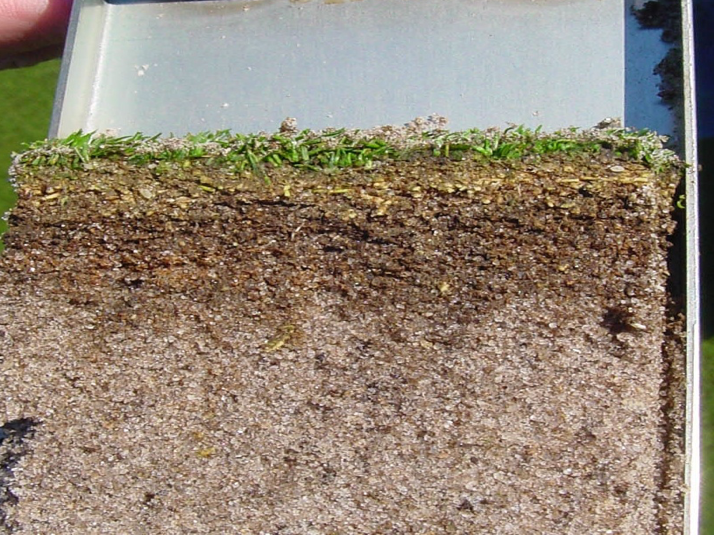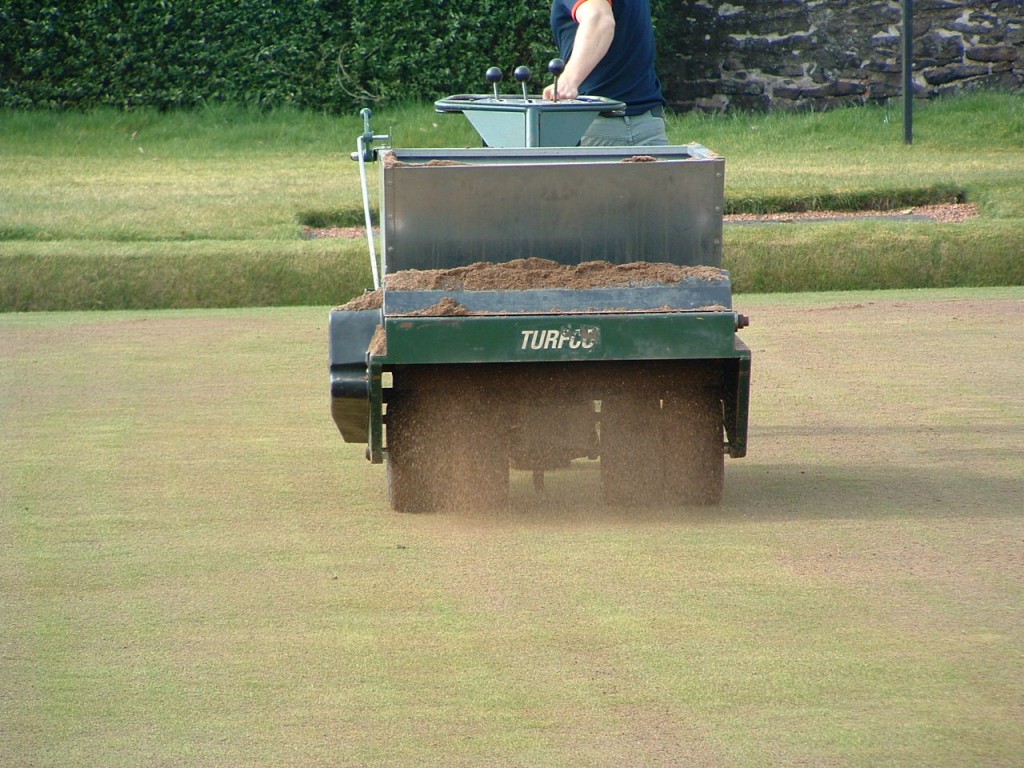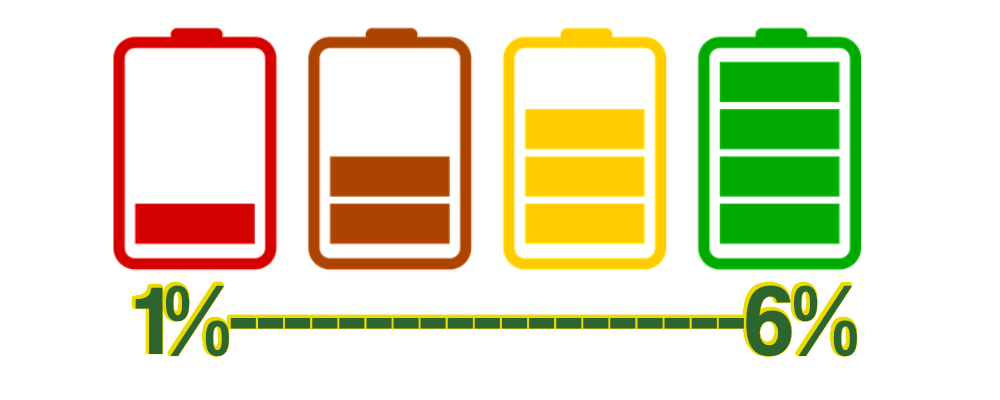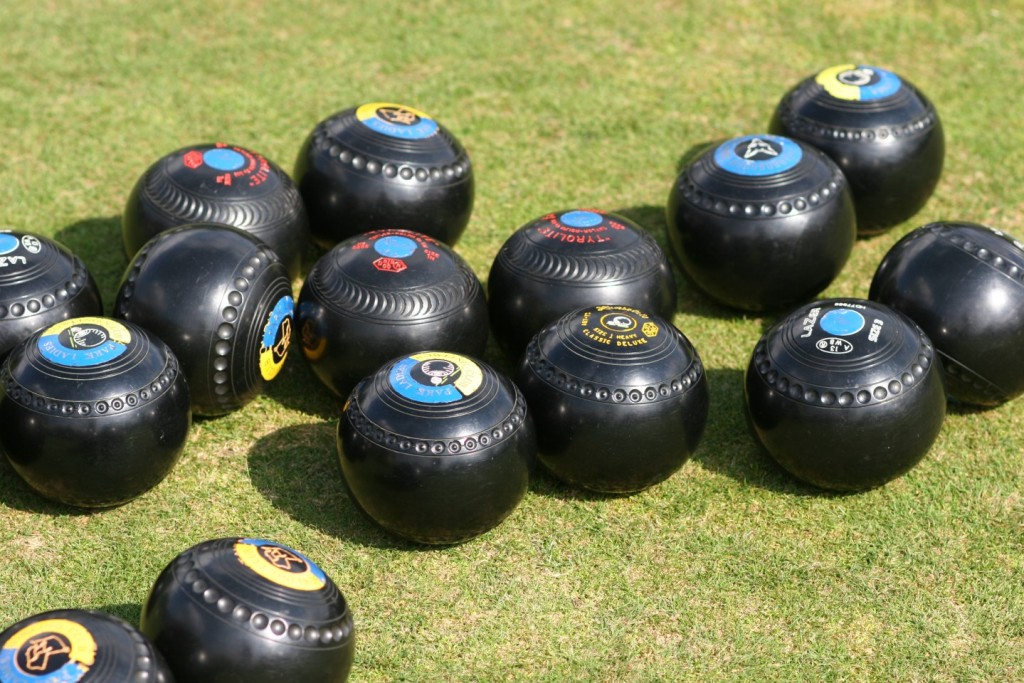In this article we take the soil samples you removed in Fix your bowling green Step1 and look more closely at them to discover what's going on under your green. This is one of the most valuable practices that any greenkeeper can undertake as it can reveal a wealth of information about the condition of your green that you could previously only guess at.




